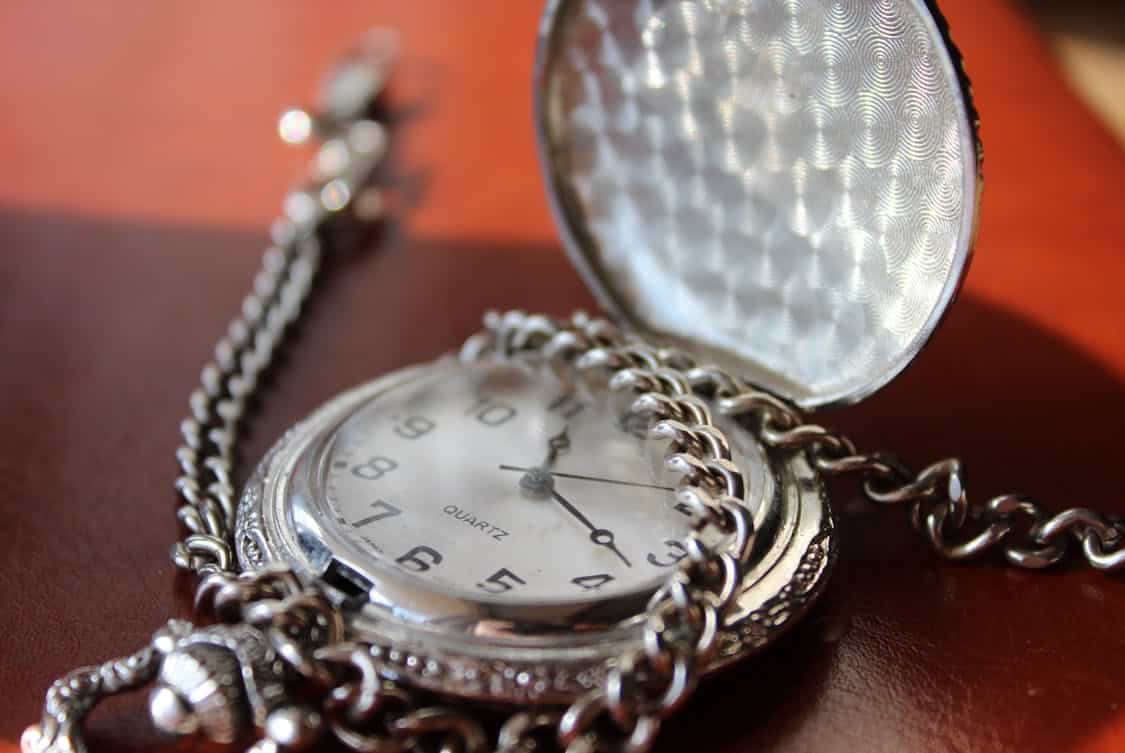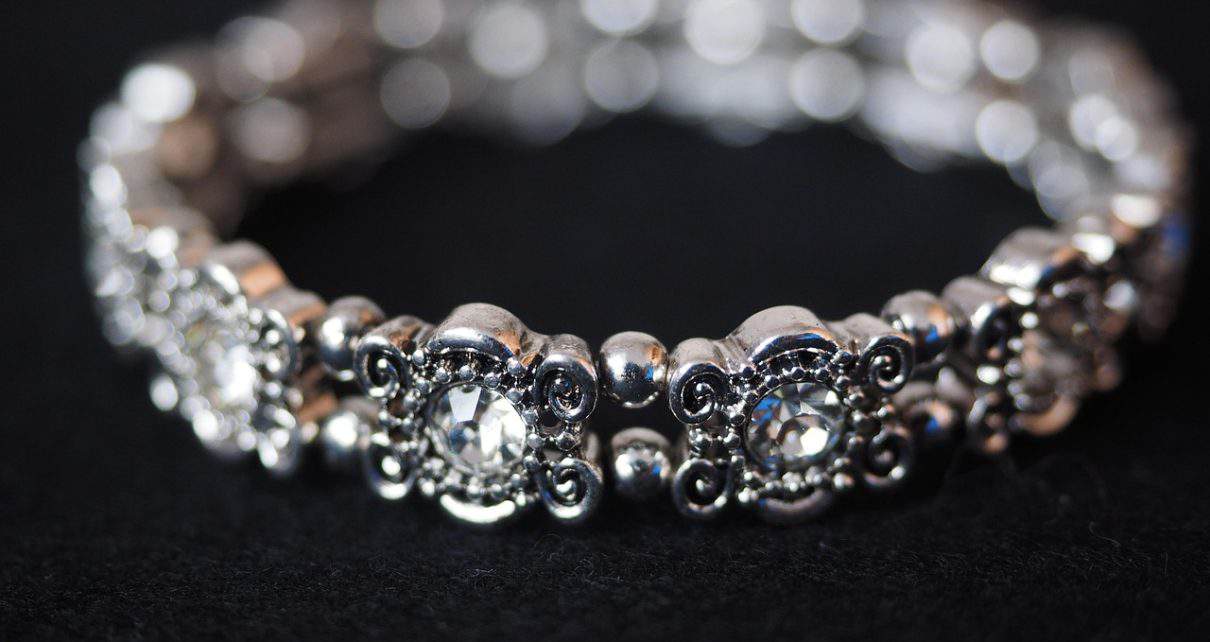Silver often plays second fiddle to gold in the precious metals arena. While gold frequently receives the spotlight, silver has its own compelling narrative that deserves attention.
Let’s explore some of the less heralded factors that contribute to silver’s long-term value.
Industrial Demand: The Workhorse Metal
Silver isn’t just a pretty face. This metal finds itself in a myriad of industrial applications, proving its worth beyond mere investment. From electronics to solar panels, silver is crucial.
The surge in renewable energy solutions, particularly solar, is a game changer. Solar panels use silver for their conductivity, making this metal a silent partner in the green revolution.
Moreover, electronics manufacturers use silver in solder and conductors. As technology continues to evolve, the demand for devices using silver is likely to increase. This industrial facet can provide a steady underpinning for silver prices over time.
Investment Trends: A Silver Lining
While gold is often seen as a safe haven, silver has its own appeal for investors. The potential for significant price movements can attract speculators.
In periods of economic uncertainty, many turn to silver, driving demand up. This trend can be amplified during times when inflation looms large, and people seek tangible assets.
For investors wanting a secure way to purchase and store physical silver, partnering with a trusted money metal exchange can simplify the process and reduce risks.
It’s also noteworthy that silver prices tend to be more volatile than gold. For risk-tolerant investors, this volatility presents opportunities. Those who can read the market signals might very well profit from silver’s ups and downs.
Monetary Policy: A Double-Edged Sword
Central banks around the world wield significant influence over precious metals through their monetary policies. When interest rates are low, the opportunity cost of holding non-yielding assets like silver diminishes. In such scenarios, many investors flock to silver, boosting its value.
Conversely, tightening monetary policy can create downward pressure on prices. Analyzing central bank actions is essential for anyone considering an investment in silver. Understanding these economic indicators can provide insight into future movements.
Geopolitical Climate: Silver’s Safe Haven Status
In times of geopolitical uncertainty, precious metals often shine. Silver, while overshadowed by gold, tends to attract attention when tensions rise. Investors frequently seek refuge in physical assets to hedge against turmoil. This flight to safety can drive up silver prices significantly.
For instance, during conflicts or economic sanctions, silver can act as a hedge against currency devaluation. The historical context shows that investors have used silver as a protective measure, further enhancing its long-term value.
Supply Dynamics: The Balancing Act
The supply side of silver is just as important as demand. Silver mining is complex and costly.
The extraction process can fluctuate based on various factors, including environmental regulations, labor costs, and geopolitical issues. This complexity means that any disruption in supply can lead to price spikes.
Furthermore, many silver mines produce other metals like gold or copper. When the prices of these metals drop, it can reduce silver production, creating a tighter market. Understanding these supply dynamics is key to grasping the long-term value trajectory of silver.
Technological Advancements: The Future’s Ally
Innovations in mining and refining technologies can have a substantial impact on silver availability. Improved extraction methods can lower costs and increase yield, driving down prices.
On the flip side, if technological breakthroughs lead to higher demand in other applications—like medical devices or green technologies—prices could soar.
Emerging technologies often create new markets for silver, enhancing its role in modern society. As scientists and engineers push boundaries, the demand for silver may evolve in unexpected ways.
Cultural Significance: Tradition Meets Modernity

Silver has held cultural significance across various civilizations. From wedding rings to religious artifacts, its appeal is deeply rooted in human history. This cultural backdrop often drives demand beyond its industrial uses.
In many cultures, silver symbolizes wealth and status. This enduring value can create a consistent demand base, especially in emerging markets where traditional practices remain strong. As global economies develop, this cultural allure may further solidify silver’s standing.
Market Sentiment: The Psychological Factor
Market sentiment plays a pivotal role in how silver is valued. Investor perception often shifts based on economic indicators, news events, or market trends. This emotional aspect can lead to rapid price changes that don’t necessarily reflect fundamental supply and demand.
Keeping an eye on market sentiment can provide insights into potential price movements. If investors start to favor silver, we could see bullish trends emerge, regardless of traditional metrics.
Alternative Investments: The Competition Factor
With a plethora of investment options available today, silver faces competition. Cryptocurrencies, for instance, have garnered significant attention. While they may offer attractive returns, the volatility can be daunting.
Yet, silver retains its unique position as a tangible asset. The intrinsic value of holding a physical metal can’t be dismissed. For some, the allure of silver as a hedge against the uncertainty surrounding digital assets can enhance its attractiveness.
Global Economic Factors: Interconnectedness
The interconnected nature of global economies means that silver is affected by numerous international factors. Trade agreements, tariffs, and economic sanctions can all play a role in silver pricing.
For example, if a major silver-producing country faces sanctions, global supply may dwindle, leading to price increases.
Additionally, economic growth in developing nations can drive demand for silver in industrial applications. Keeping tabs on global economic developments can provide valuable context for silver investors.
Environmental Considerations: The Green Factor
Silver production often comes under scrutiny for its environmental impact. As societies become increasingly aware of sustainability, mining practices may face stricter regulations. This could lead to higher production costs and impact supply.
On the other hand, the heightened focus on environmental technologies could bolster silver demand. As the world pivots towards greener solutions, silver’s role in technologies like solar energy becomes even more critical.
Global Trends: Shifts in Consumption
Shifts in consumer behavior can also impact silver’s value. In recent years, there’s been a noticeable trend towards ethical investing.
More consumers are demanding sustainable and ethically sourced products. This sentiment could lead to an increased emphasis on silver that meets these standards, thereby influencing its market.
Moreover, as younger generations begin to invest, their preferences may shape the future of silver demand. Understanding these generational shifts can provide invaluable insights into the long-term trajectory of silver’s value.
By evaluating these various factors, one can uncover a deeper understanding of silver’s long-term prospects. Each element interplays with the others, creating a complex yet fascinating picture that extends far beyond mere market speculation.


